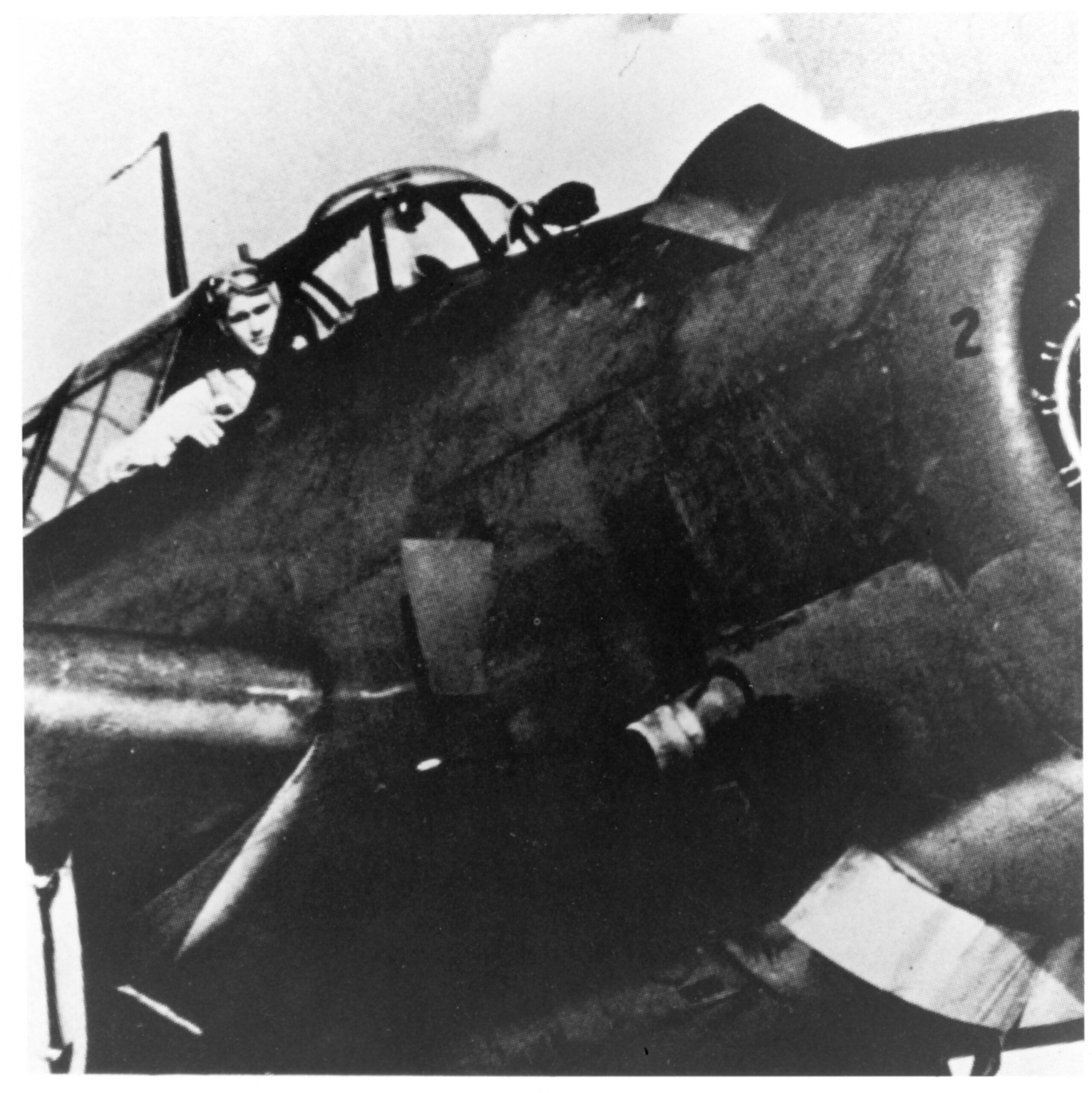November 30, 2018: We Send Our Fair-Wells
November 30, 2018: We Send Our Fair-wells These are never the types of Today in History or Current Events posts you plan on making – though you also know that… Read More »November 30, 2018: We Send Our Fair-Wells
